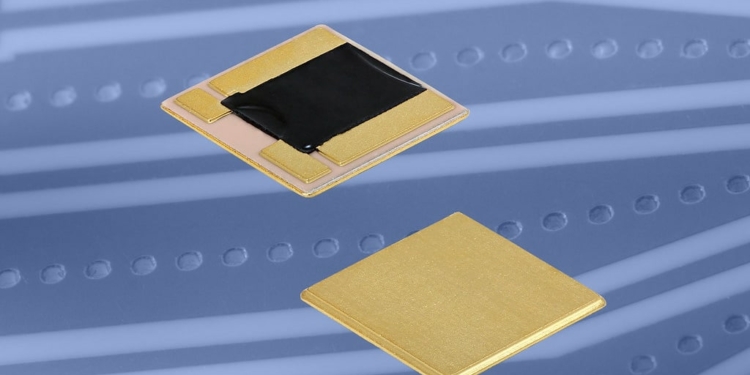Source: Vishay news
MALVERN, Pa. — Aug. 28, 2019 — Vishay Intertechnology, Inc. (NYSE: VSH) today introduced new Automotive Grade Power Metal PlateTM shunt resistors featuring a 20 W power rating in a 3939-sized package with Kelvin terminals. With their high power density, the Vishay Dale hybrid-mount WFPA3939 and WFPB3939 are designed to save space, decrease component counts, and increase measurement accuracy in automotive, industrial, and AMS applications.
The devices released today feature a construction that incorporates an improved thermal management design utilizing a copper heat spreader, resulting in 20 W power in the 3939 package size that maintains the superior electrical characteristics of the Power Metal Plate shunt construction. The AEC-Q200 qualified devices allow designers to use a single high power resistor in place of multiple low power devices in parallel, reducing measurement errors and board space requirements, while enabling the design of smaller and lighter end products.
The WFPA3939 and WFPB3939 feature a proprietary processing technique that produces extremely low resistance values from 2 mΩ to 8 mΩ, with tolerances down to ± 1.0 %. The devices are ideal for all types of current sensing and pulse applications in automotive electronic power steering systems, brushless DC motor controls, and battery management for electric and hybrid vehicles; high power inverter / converter controls, large motor drives, and high power current sensing modules for industrial applications; and power supplies for instrumentation and AMS applications.
The resistors feature a solid metal manganese-copper and nickel-chromium alloy resistive element with low TCR (± 20 ppm/°C), low inductance values of < 10 nH, low thermal EMF down to < 2 µV/°C, and an operating temperature range of -65 °C to +170 °C. The devices are RoHS-compliant, halogen-free, and Vishay Green.
Samples and production quantities of the WFPA3939 and WFPB3939 are available now, with lead times of six to eight weeks for larger orders.































